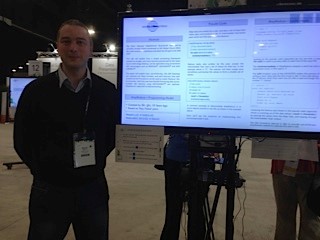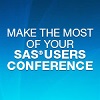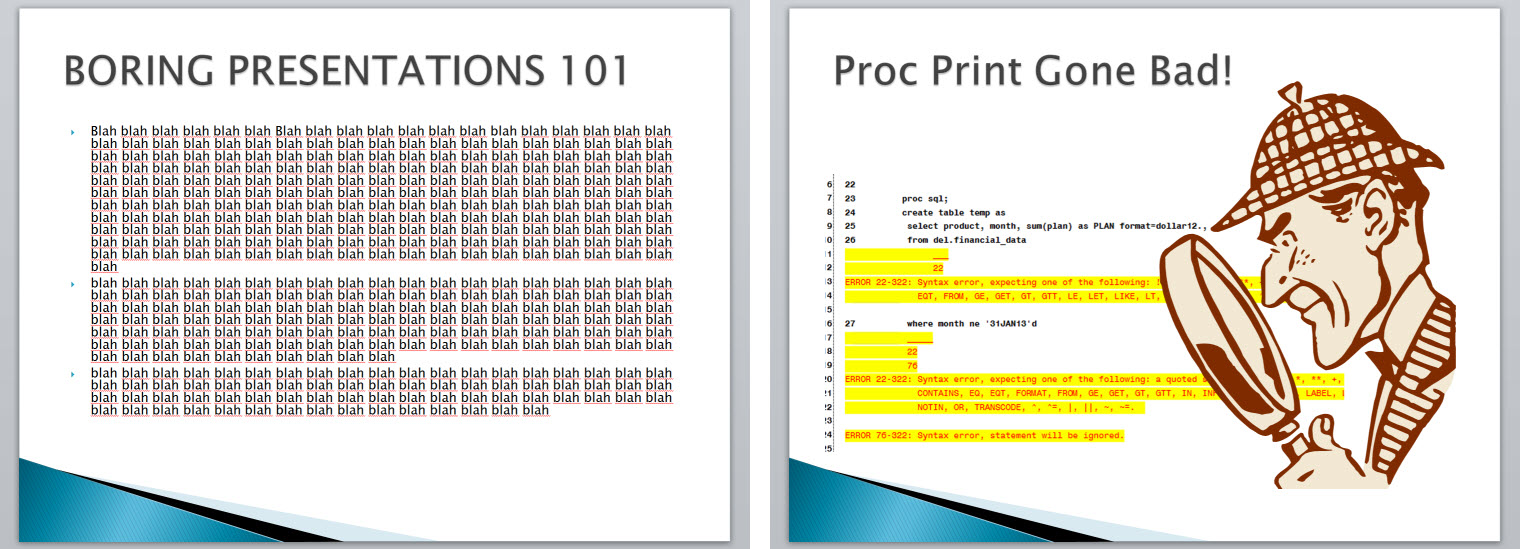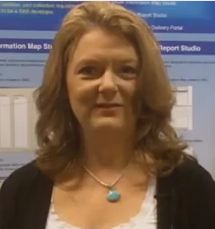
This is an exciting and busy time for the SAS Global Forum 2015 content and delivery teams. They have worked hard to finalize the content, enhance your scheduling experience and ensure that attendees have access to as much of the conference content as possible. Please set aside some time in

























